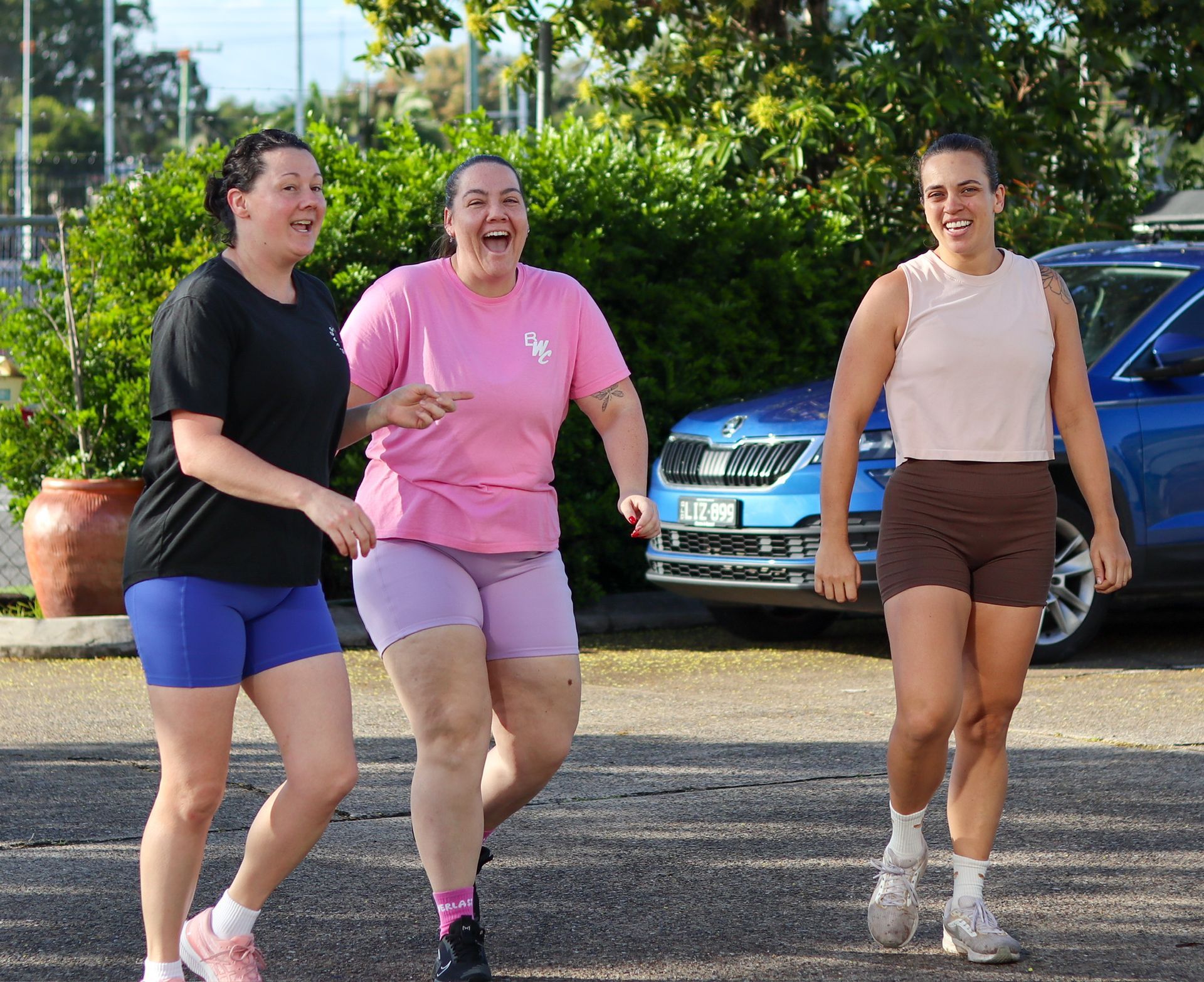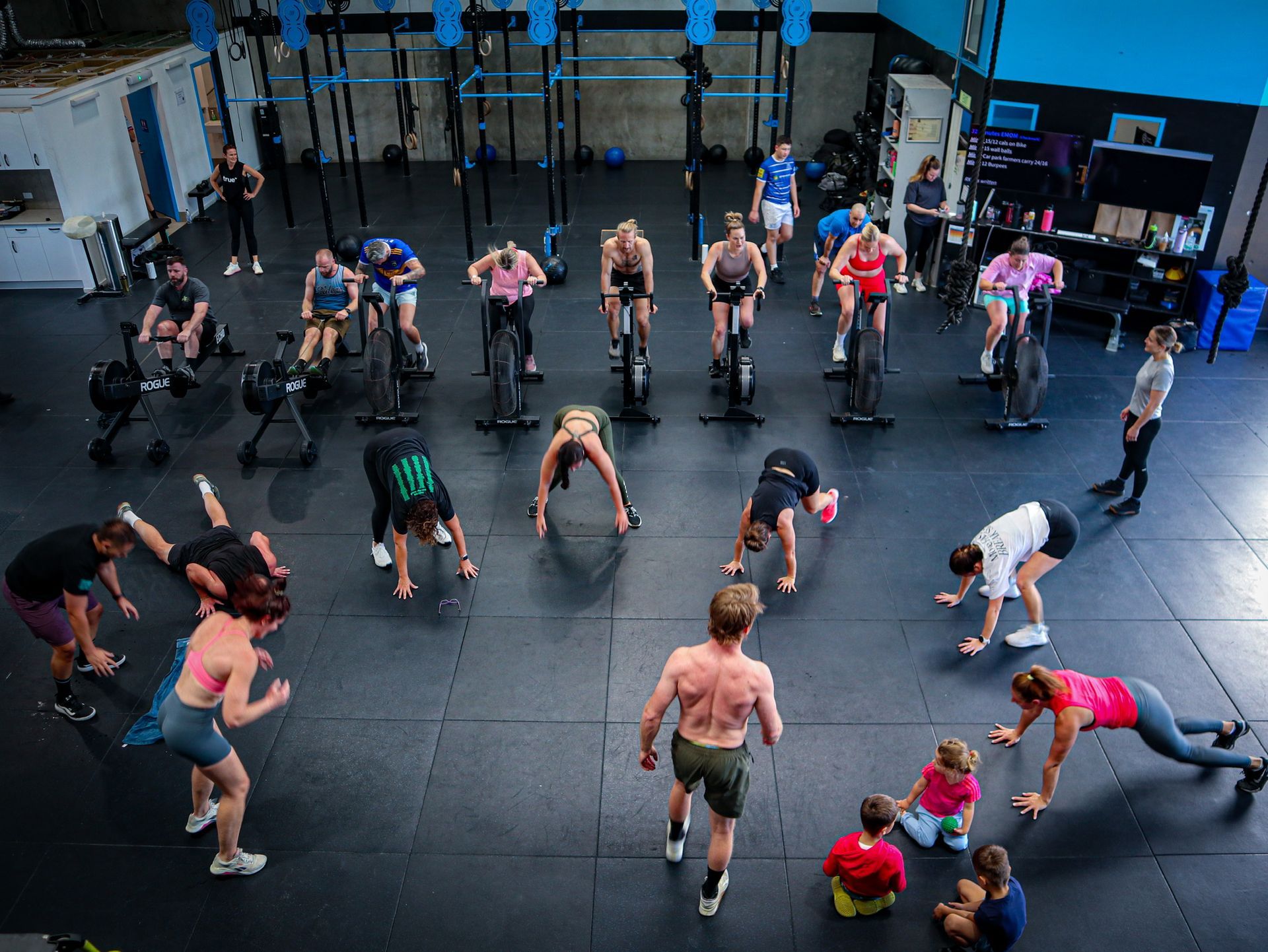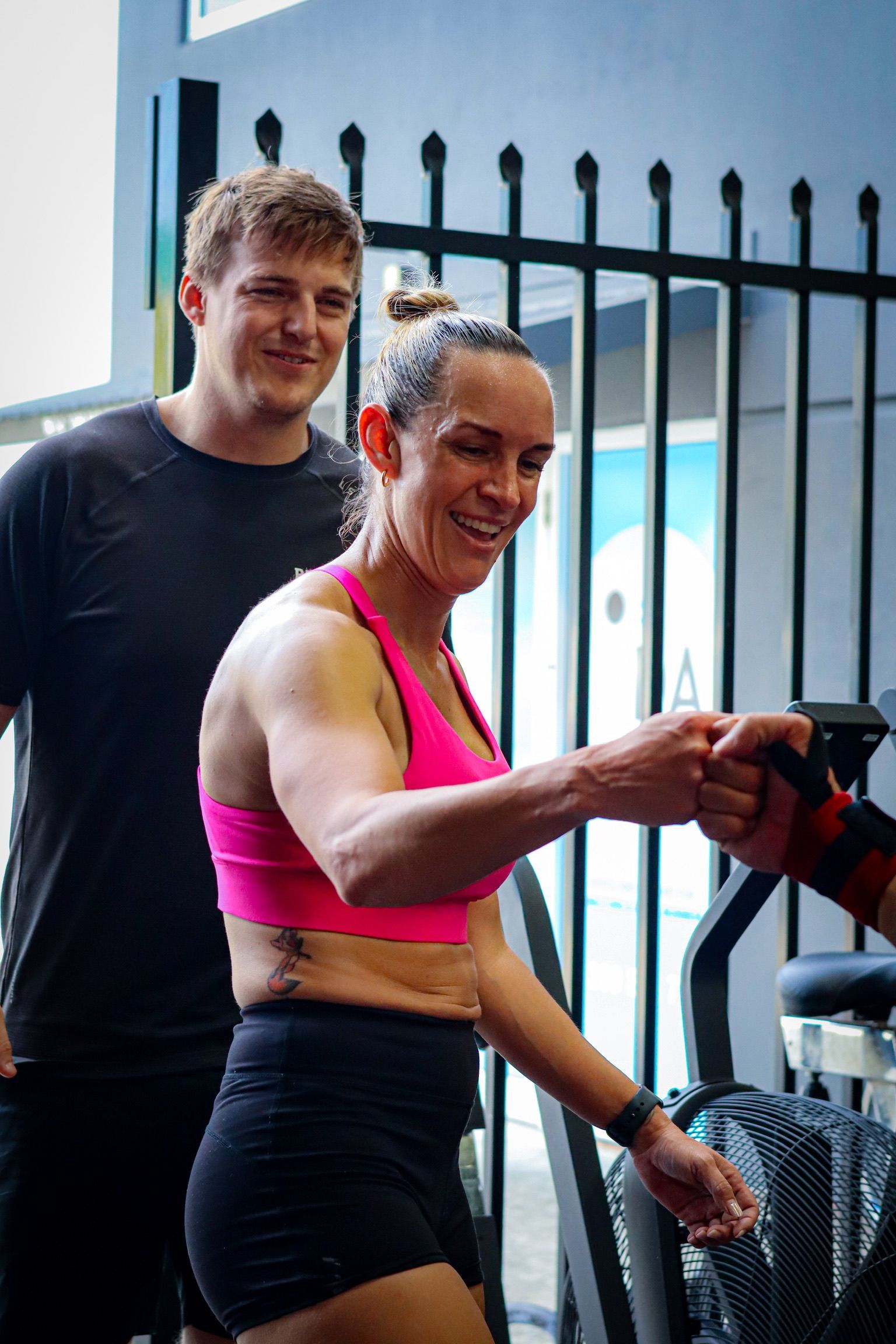Tips and tricks to a healthy lifestyle during the silly season
While there’s a lot of buzz around the holiday "silly season," not many are discussing practical ways to make a real difference. The sheer length of the holidays can feel daunting, often making it harder to get back into a routine once the break is over.
Ultimately, it's about understanding what truly makes you happy. Letting yourself go completely may feel good in the moment, but by Monday morning, regret often sets in.
Managing Stress and Alcohol Consumption
As a collective, people don't always deal with stress very well—and that's often where alcohol enters the picture.
Alcohol can feel heavenly in the moment, acting as a social lubricant that amplifies connection, conversation, and liveliness. However, the toll it takes on your happiness later is significant.
“For guys especially, if you remove yourself from social situations with alcohol, you end up not seeing your friends anymore,”
— Sean Carroll, Rebuild Health and Fitness owner and certified coach
Start Your Mornings Right
Starting your mornings on a positive note can have a huge impact, especially if you know you have important plans for the day.
Simple habits can make a difference:
- Soak up some sunlight
- Make your bed early
- Eat a healthy breakfast like porridge or a smoothie
- Engage in a bit of training or physical activity
- Do anything that makes you feel good physically and mentally
“Just do something in a day that your future self is going to thank you for,”
— James Batey, Rebuild Health and Fitness owner and coach
Smarter Alcohol Choices
When it comes to alcohol, what you drink matters more than you might think.
Instead of starting with heavy craft beers, opt for lighter choices like gin and tonic, which typically contain fewer calories. By doing so, you control your calorie intake for at least the first few drinks. Later, even if the evening escalates, you’ve already mitigated some of the damage.
“Of course, it’s not the perfect scenario either, but it’s a lot better than starting the day with a dozen craft beers,”
— Sean Carroll
Blend In Without Overdoing It
Often, it's the social environment that drives drinking habits. People naturally want to blend in.
The truth is, you can be just as happy with one drink in your hand without overindulging. There's no need to go all out to enjoy yourself. This way, your body and health won't suffer, and you’ll still feel socially satisfied.
Eating Smart During the Holidays
Even during Christmas feasts laden with roasted turkeys and rich desserts, it's possible to make healthier choices:
- Choose leaner cuts of meat
- Remove visible fats
- Avoid red or processed cuts
It's crucial to prioritize high-nutrient foods throughout the holiday months so you feel energized rather than sluggish.
When hearty meals abound, aim to:
- Ensure meals include protein
- Control calorie intake where possible
- Balance your week: If you have a big weekend coming up, keep your weekdays stable with healthier meals and habits.
Simple Trick: Use Smaller Plates
One small trick to cut down on calories during holiday meals: eat on smaller plates.
You can’t fit as much food on a small plate, and you're less likely to get up for multiple servings. As a result, you’ll feel full even though you’ve consumed less, helping you manage your intake without feeling deprived.
Final Thoughts
The holiday season doesn't have to derail your health and fitness goals. By making small, conscious choices around alcohol, food, and daily habits, you can enjoy the festivities while still setting yourself up for long-term success.
A little planning and mindfulness can go a long way toward ending the season feeling
happy, healthy, and proud.
Previous Blogs




